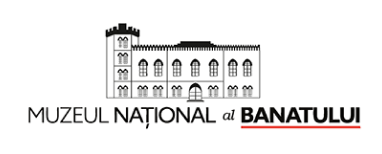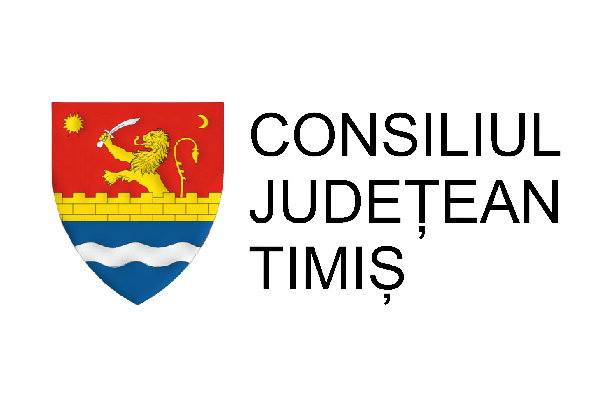State of preservation:
fragmentary state (restored), was detached with the chisel from the stone block (this being too difficult to transport) to be taken to the museum by the archaeologist Marius Moga (March 1972);
Dimensions:
55 x 55 x 5 cm, h (letters) = 4 cm;
Description:
the piece represents only the inscription field;
Inscription:
Imp (eratori) caes (ari) divi Anto - / nini fil (io) divi Hadr (iani) / nep (oti) divi Traiani Part (hici) pronepoti divi Ner - / vae abnep (oti) M (arco) Aurel (io ) Antonino aug (usto) Ar - / menico pont (ifici) max (imo) imperatori II trib (uniciae) / potes (tatis) XVIIII, co (n) s (uli) III, coh (ors) I Sag (ittariorum) Literary translation: Emperor Caesar son of the divine Antoninus, nephew of the divine Hadrian, great-grandson of the divine Trajan Parthicus, great-great-grandson of the divine Nerva, Marcus Aurelius Antoninus Augustus, victor of the Armenians, great pontiff, acclaimed by the army on the battlefield twice , with the tribunician power for the nineteenth time, consul for the third time, cohort I of archers (erected the monument).
Place of discovery:
(in a secondary position) built into the wall of the command building (principle) of the great camp at Tibiscum; (ifici) max (imo) imperatori II trib (uniciae) / potes (tatis) XVIIII, co (n) s (uli) III, coh (ors) I Sag (ittariorum) Literary translation: Emperor Caesar son of the divine Antoninus, nephew of the divine Hadrian, great-grandson of the divine Trajan Parthicus, great-great-grandson of the divine Nerva, Marcus Aurelius Antoninus Augustus, victor of the Armenians, great pontiff, acclaimed by the army on the battlefield as a two-time victor, with the ninth tribunician power, the first cohort of archers (erected the monument).
Observations, dating:
the inscription was placed by the military unit of archers, from Tibiscum, after the return from the Parthian front and dates from the end of 165 AD;
Place of storage:
Banat National Museum Timisoara, inv. No .: IV 7516;
Bibliography and databases:
Doina Benea, Petru Bona, Tibiscum, Ed. Museion, Bucharest, 1994; Călin Timoc, A few details on the epigraphic monuments of the I Sagittariorum cohort from Tibiscum, in BCSS, 2, 1996, pp. 117 - 121; UEL 17559; HD 046481; EDCS-11200444

